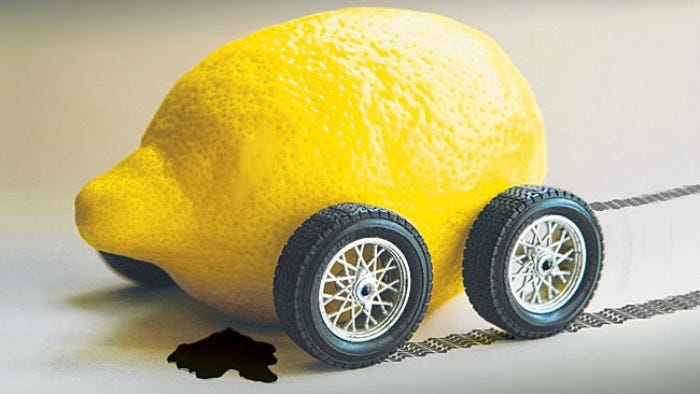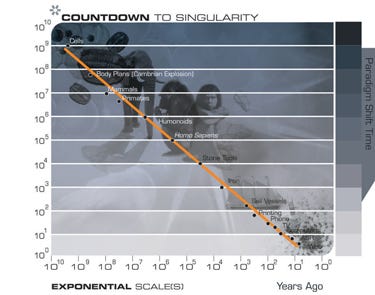Friction Flattens the Curve of Information Diffusion
Don't overwhelm the institutions of knowledge production
Twitter recently announced that they’ll be reforming their platform. I was especially happy to see that they explicitly invoke the concept of friction, here manifested as adding some steps and prompts to the process of retweeting:
People who go to Retweet will be brought to the Quote Tweet composer where they’ll be encouraged to comment before sending their Tweet. Though this adds some extra friction for those who simply want to Retweet, we hope it will encourage everyone to not only consider why they are amplifying a Tweet, but also increase the likelihood that people add their own thoughts, reactions and perspectives to the conversation.
(Nominally, they claim that the friction here is a negative side effect of the desire to get more “thoughts, reactions and perspectives,” but tbh that’s bullshit. The problem with social media isn’t a lack of thoughts, reactions and perspectives; and of course Twitter wants more people to post more often.)
This is the solution to the problem of Clickbait Media that I describe in my recent article in Political Communication, “All the News That’s Fit to Click: The Economics of Clickbait Media”:
Most of my suggestions, then, involve imposing some kind of friction on the production or sharing of online news, either at the level of the individual piece of content or the level of the online news industry. Economists are generally loath to impose frictions, correctly identifying them as a deadweight loss on economic activity. The logic behind my suggestions comes from the fact that news is not a normal good; it is an information good, requiring nonstandard economic models. ….
regulation could impose frictions in the form of either micro-payments or small delays on broadcast social media.
The thrust of the article is to describe the economic implications of the twin mechanisms underlying a “Retweet” or “share” of a piece of content on social media:
The little numbers go up; everyone else sees that more people have endorsed that content
The now-slightly-more-endorsed content is spread into other feeds
Number 1 is how media credibility is constructed on social media, in contrast to earlier versions of media credibility based on long-standing reputations for excellence or on the professional practices of journalism. I argue that the latter were only ever useful as a proxy for the information that potential news consumers care most about: what media they should consume in order to advance their social standing by signaling either informedness on the correct topics or allegiance to the correct positions — where “correct” here is determined by their specific social position.
The little numbers under the posts give the potential media consumer direct information on the aggregate importance of a given post. The cue about which of their friends retweeted a given post to bring it into their feed gives that potential media consumer personal information about the type of person who should be interested in that post.
This only makes sense because news is an information good. Google Chief Economist Hal Varian defines two relevant properties of information goods compared to normal goods: they’re experience goods (cannot be evaluated without consuming it) and have some properties of public goods (they are non-rival and sometimes non-excludable).
Experience goods: You will never consume the same piece news content twice. After you drink one coke and one pepsi, you know what each of them taste like, and can make your future consumption decision based on that knowledge.

Public goods: If you drink the coke, I can’t also drink the coke. If you read the latest NYT report on Trump’s taxes, I can also read that same report. This was less true when the information was stored on a physical medium like a newspaper, but digital information becomes more similar to a pure public good like national defense.
Standard economic logic assumes “normal” goods like colas, where consumers are informed about product quality, informed about their own preferences, and deciding what to consume in order to maximize their own utility. This model is attractive because it means that fully efficient market enables every consumer to make these utility-maximizing choices, thus maximizing overall utility. “Frictions” in this context mean that people cannot consume their optimal bundle of goods (say, we put speed limits on the cola trucks so stores are often out of a given consumers’ preferred brand) and thus decrease utility.
News is an information good, not a normal good, so the assumption about informed consumers doesn’t make sense. This changes the entire logic. The journalism industry of the 20th-century. broadcast-era United States — which was a true marvel, envied the world over and of course sorely missed today — was the result of massive inefficiencies in the marketplace, from technological “natural monopolies” to strong government regulation.
Journalists and media elites were able to capture significant economic surplus created by this “deadweight loss.” This took the form of some large fortunes by owners, but it mostly served to promote the professionalization of journalism. Whereas they had previously been degraded as hacks, ambulance-chasers or sensationalists, the establishment of journalism schools, codes of ethics, and journalistic practice---combined with stable middle-class jobs and high-profile successes like the Watergate investigation---helped to raise the status of journalists to that of other professionals like lawyers or academics.
The deadweight loss was invested in the reputation of these institutions, allowing them to overcome the information asymmetries in the market for information. It’s true that I never consume the exact same news article twice, but I can observe the relative quality of news supplied by CBS and NBC over time to better inform my consumption decisions in the future. And the importance of professional prestige led journalists and editors to invest heavily in investigative journalism, in producing semi-public goods in terms of better information for all of society.
And that’s basically a good thing. My view is that societies of the contemporary US’s size and complexity need professional knowledge actors. This professionalism is fundamentally conservative: there are many non-establishment political actors who want access to the sphere of knowledge production, verification or distribution. Or, in the formulation of media historian John Nerone, it was “neo-liberal”.
As summarized in Robert Kaplan’s excellent article on the origins of objectivity in American journalism (seriously, save and read this whole article), this neo-liberal ethic meant that:
Social media in 2020 is what the breakdown of that neoliberal order looks like. The legacy media are deeply flawed and in need of reform, and increased pressure to address sclerosis is a good thing. But their rapid collapse, in the absence of a coherent replacement, has caused the contemporary societal schizophrenia.
(My biases here are clear: contemporary academia is a sister organization to journalism in the knowledge system, and lord knows universities are living large off the economic surplus captured from inefficiencies in the market for education. The hot take here is that this is actually good (while I’m still acknowledging that I would say that.). )
My skeptical friend wonders: who cares about friction? The little numbers will still go up, even if they’re a bit lower, and the capacity for literally any person to establish a news “brand” on social media hasn’t gone away; if anything, the technologies for individuals to commoditize and thus monetize their online notoriety have only increased in number and sophistication (“Here’s the Soundcloud link…Merch dropping soon…check out the new podcast [w ads for the Millennial-branded colonoscopy startup]…Venmo in bio…after many requests, here’s my OnlyFans”).
The answer is based on the intersection of different rates of change, of competing time cycles. Human biology defines the baseline time cycle: we take ~30 years to mature, then ideally live another ~60 years. There is very little individual change in those 60 years; social change is overwhelming based on generational replacement.
If climate change happens gradually, over the time span of centuries, traditional agricultural knowledge production can accommodate it: there might be legends of forefathers who planted grain on the winter solstice, but our grandparents plant one month later, and so do we. If climate change happens over the span of a few decades—if the rate of climate change intersects the rate of generational replacement)—….well I guess the gods hate us and we die.

Analogously, the professionalized practice of journalistic knowledge production takes time. There are many discrete steps; the rational human brain can only process and refine information so quickly. New information technology has certainly sped this process up relative to the broadcast era.
But the pace of knowledge dissemination by non-professional actors has accelerated much faster. Media firms used to have an advantage because they were the only ones with access to the cutting-edge broadcast media technologies; the democratization of the capacity to “broad-cast” media from a smartphone to social media means that the ineffiencies of professional journalistic practice (things like fact-checking and vetting sources) are only a liability in the marketplace for information.
So my skeptical friend is right; if the friction merely reduces the speed advantage of non-professionalized knowledge actors from 4x that of professionalized knowledge actors to 2x, the fundamental dynamic will not change. The key will be to get that ratio to under 1x.
In the long run, I’m optimistic: the slower time cycle of institutional evolution will reduce the differences between legacy media and upstart social media actors, leading to some kind of bargain on the part of the latter to accept oversight in exchange for legitimacy. Yet another time cycle will be the generational replacement of people who matured in the prior information regime by people who were born into, molded by the chaos of social media. In the short to medium term, to keep social conflict from boiling over into more general upheaval, we need to re-establish the correlation between actors constrained by professional knowledge production practices and the capacity to be the fastest/most efficient distributors of knowledge.

To borrow a metaphor from recent events: we need to flatten the curve of exponential informational diffusion and social instability so as not overwhelm our institutional capacity to make sense of the world.
